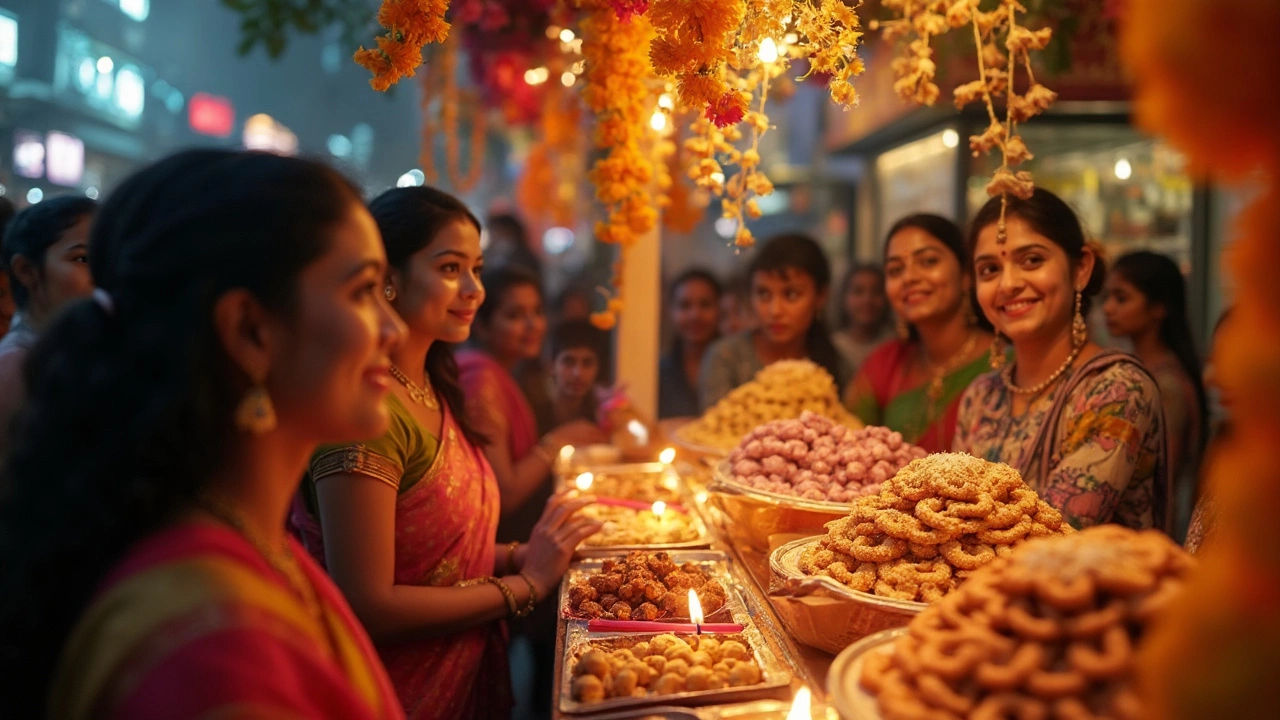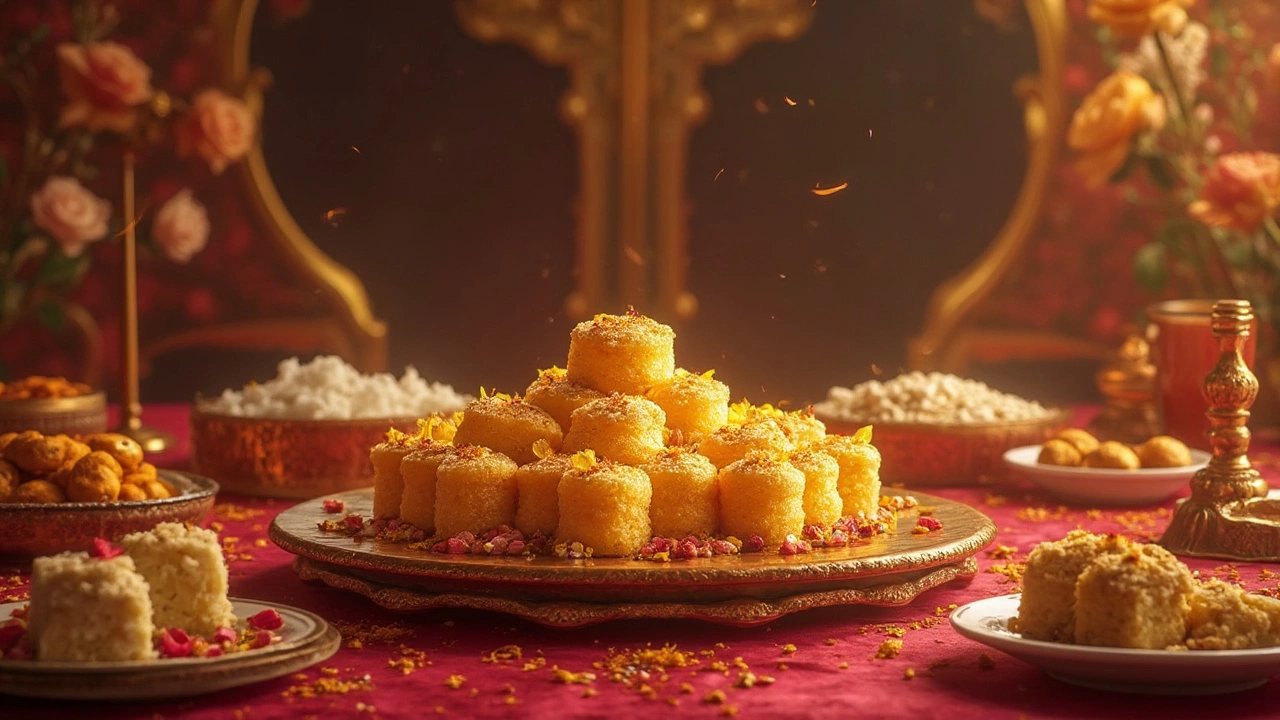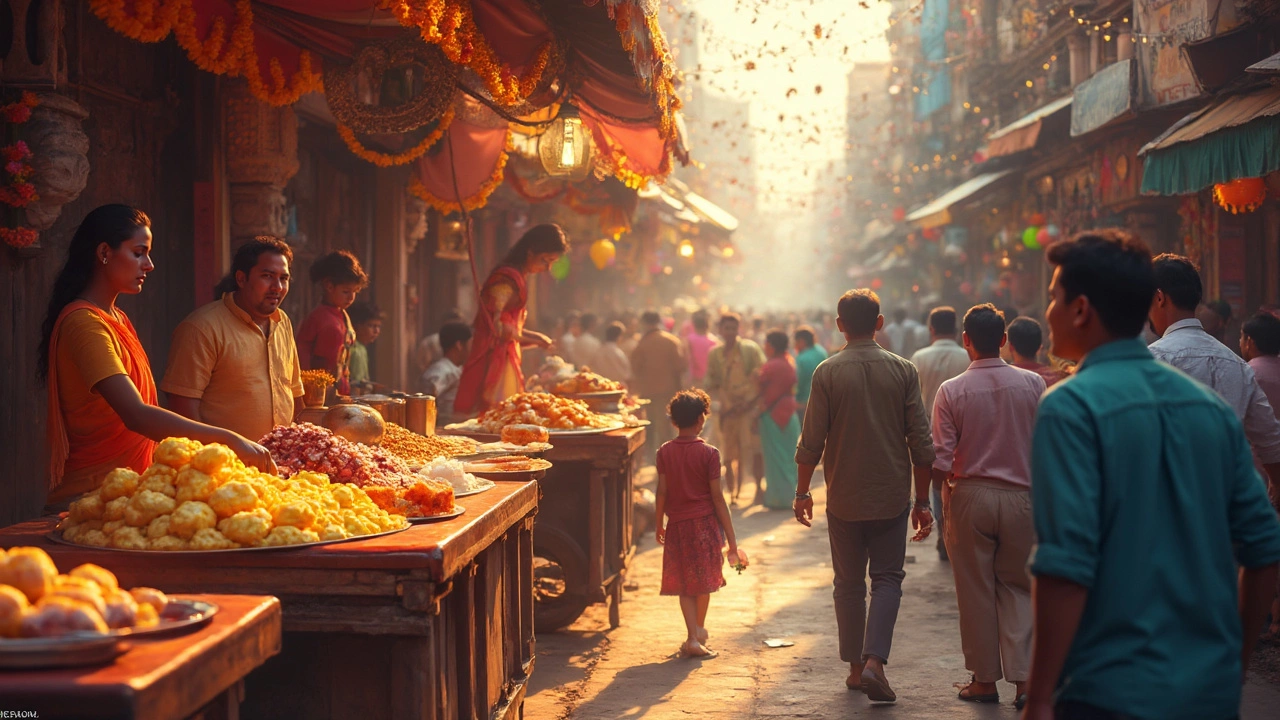Indian Desserts: Sweet Traditions Across India
When talking about Indian desserts, the variety of sugary treats that span from north to south, east to west, is astonishing. Also known as traditional Indian sweets, they blend milk, sugar, ghee, and spices into dishes that celebrate festivals, weddings, and everyday moments.
Gulab Jamun, soft fried dough balls soaked in fragrant sugar syrup is probably the first name that pops up. It shows how Indian desserts often rely on deep‑frying (technique) to create a spongy interior that absorbs syrup (process). Another staple, Kheer, a creamy rice pudding flavored with cardamom and saffron, demonstrates the role of simmering (method) and dairy (ingredient) in achieving a silky texture. Both examples illustrate that Indian desserts encompass a range of cooking methods and core ingredients.
Key Ingredients and Techniques That Define These Sweets
Milk and its derivatives—condensed milk, khoya, paneer—are the backbone of most sweet recipes. Sugar isn’t just a sweetener; it forms syrups that dictate texture, from the glossy glaze on Jalebi, crispy spirals drenched in amber syrup to the thick coating on Ladoo, ball‑shaped bites made with roasted flour, ghee, and nuts. The spice palette—cardamom, cinnamon, nutmeg, saffron—adds aroma and depth, turning simple sugar into a layered experience.
Regional diversity adds another layer of richness. In Bengal, Rasgulla, spongy cheese balls soaked in light syrup are a staple, while in South India, Payasam, a coconut‑milk based pudding with vermicelli or lentils takes center stage. These variations prove that Indian desserts are not a monolith; they adapt to local ingredients and cultural tastes.
Seasonality and celebrations drive consumption patterns. During Diwali, families line up trays of Indian desserts like Mysore Pak, a buttery gram‑flour confection. During Ramadan, sweet drinks such as Falooda and dates‑based desserts become popular. This link between festivals and sweets shows that the context of consumption influences the choice of ingredients and preparation style.
Putting all these pieces together, you’ll find that mastering Indian desserts means understanding three core aspects: the dairy‑based foundation, the sugar‑syrup technique, and the spice‑infused finishing touch. The collection below covers everything from quick stovetop recipes to time‑honored classics, offering practical tips you can try today. Whether you’re after a simple Kheer for a weeknight or a show‑stopping Gulab Jamun for a special occasion, the posts ahead give you the know‑how to bring authentic Indian sweetness into your kitchen.

What is India Number One Sweets? A Deep Dive into Iconic Indian Desserts
This article untangles the big debate behind India's number one sweet. It breaks down what makes a sweet truly iconic, looks at famous contenders like Gulab Jamun and Jalebi, and gives practical tips on preparing them at home. Real-life stories and quirky fun facts make this a fun read, even if you’ve never tried Indian sweets. Make informed dessert choices and impress your friends by learning what truly makes a sweet win hearts across India. Discover history, culture, and recipe tips—all in one place.

Discover India's Most Expensive Sweet: A Delicious Revelation
Indian sweets are a way of life, not just an after-meal indulgence. But what if we told you not all mithai comes cheap? Dive into the world of opulent Indian sweets, where the luxurious 'Sweet Kohinoor' tops the list as the most expensive treat. Learn about its rich ingredients and what makes it worth savoring.

Which City in India is Famous for Sweets?
India is renowned for its diverse and rich sweet offerings, with different cities famous for their specialty mithai, aka Indian sweets. One city stands out for its iconic rasgullas, creating a sweet sensation worldwide. Unravel the story of Indian sweets as we explore which city claims the crown for its sugary creations. Explore quick tips and interesting facts that make these sweets so beloved and discover how to experience their magic.